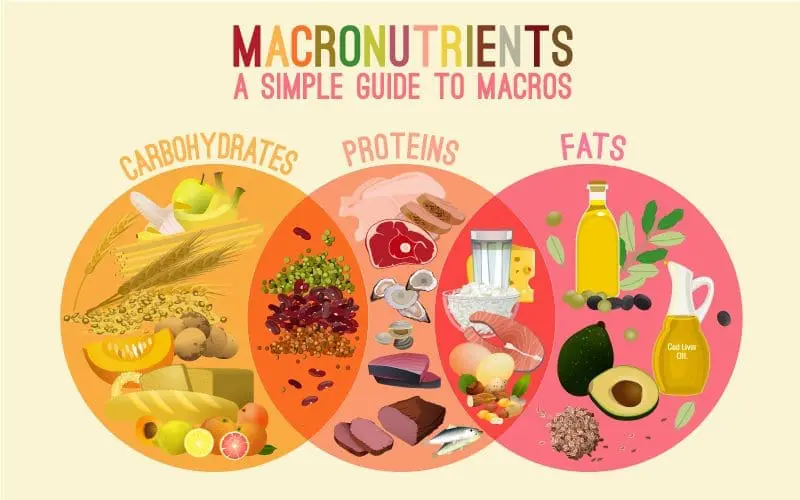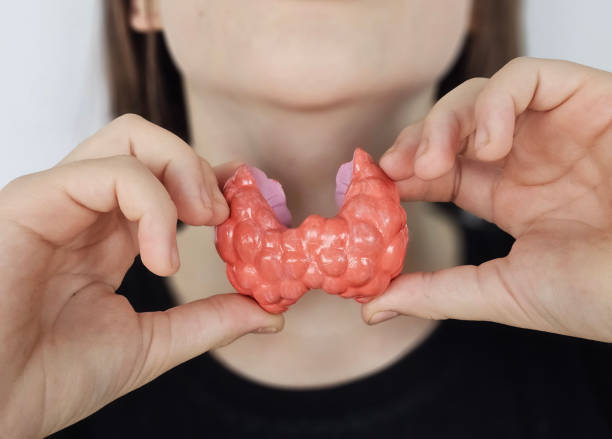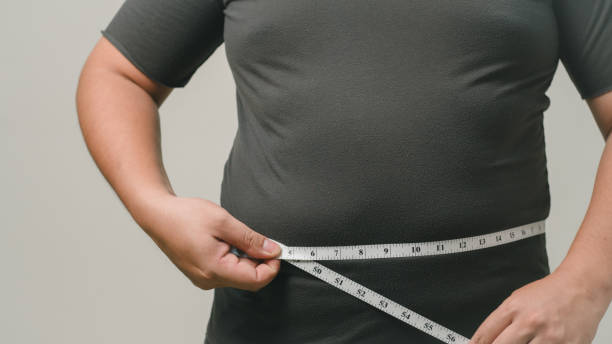
The food we consume on a regular basis is made up of micronutrients, macronutrients, water, and fiber.
Water is an essential component of our diet because it helps us keep hydrated while providing transportation for food and minerals. It accounts for 50 -70 percent of our body weight. Fiber on the other hand is not digested in our gut (contrary to animals) and works by helping our gut motility.
Micronutrients are the vitamins and minerals in our food like Vitamin A, B, C, D, zinc, iron, and magnesium. Macronutrients (Macros) are the source of energy within a food. They supply the calories needed for bodily functions and are the building blocks of our muscles, bones and ligaments. Macronutrients are subdivided into Protein, Fat and Carbohydrates. Micro nutrients and macronutrients work alongside each other to keep our organs and cells functioning properly.
Step 1: Know Your Daily Caloric Needs
Use an online calculator or indirect calorimeter like PNOE to assess your Total Daily Energy Expenditure (TDEE). Total Daily Expenditure is a total of your RMR (Resting Metabolic Rate), EAT (Exercise Activity Thermogenesis) and NEAT ( Non Exercise Activity Thermogenesis)
Step 2: Set Macro Ratios based on your goals
Step 3: Convert Percentages to Grams
For Example: For a 2000 calorie a day diet at 40% carbs, 30% protein and 30% fat:
Using the above calculations, based on your calorie requirements and goal diet, Macros (Carbs, Protein, Fat) can be calculated.

The thyroid is a small, butterfly shaped gland located in the front of the neck just below the Adam’s apple....
Read Article

What is BMI (Body Mass Index)? For the general population, BMI(Body Mass Index) is considered a gold standard test of...
Read Article

The terms EAT and NEAT refer to components of total daily energy expenditure : the total calories our body burns...
Read Article